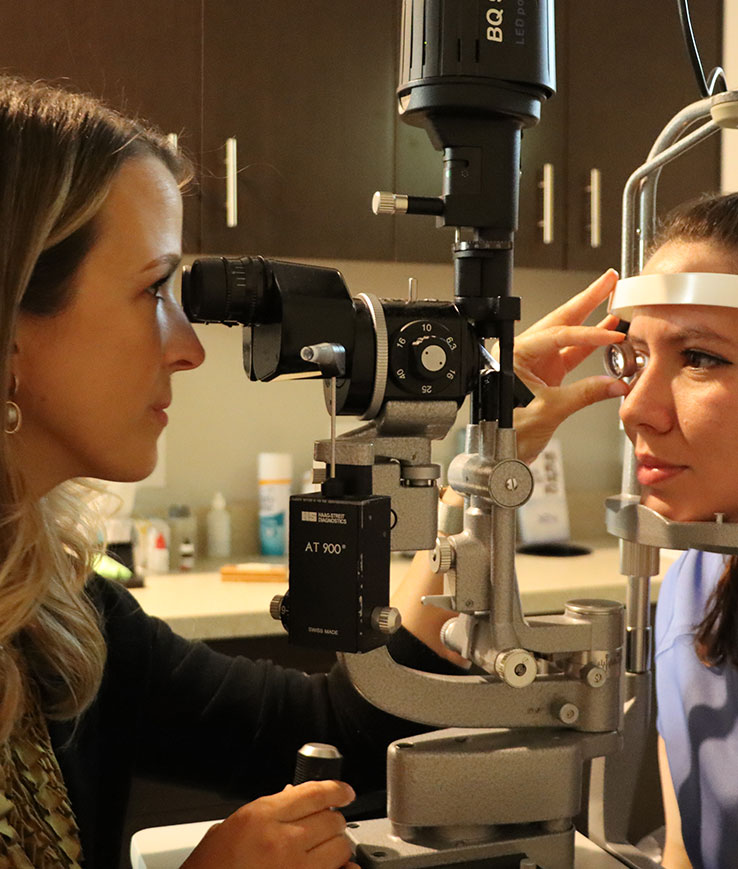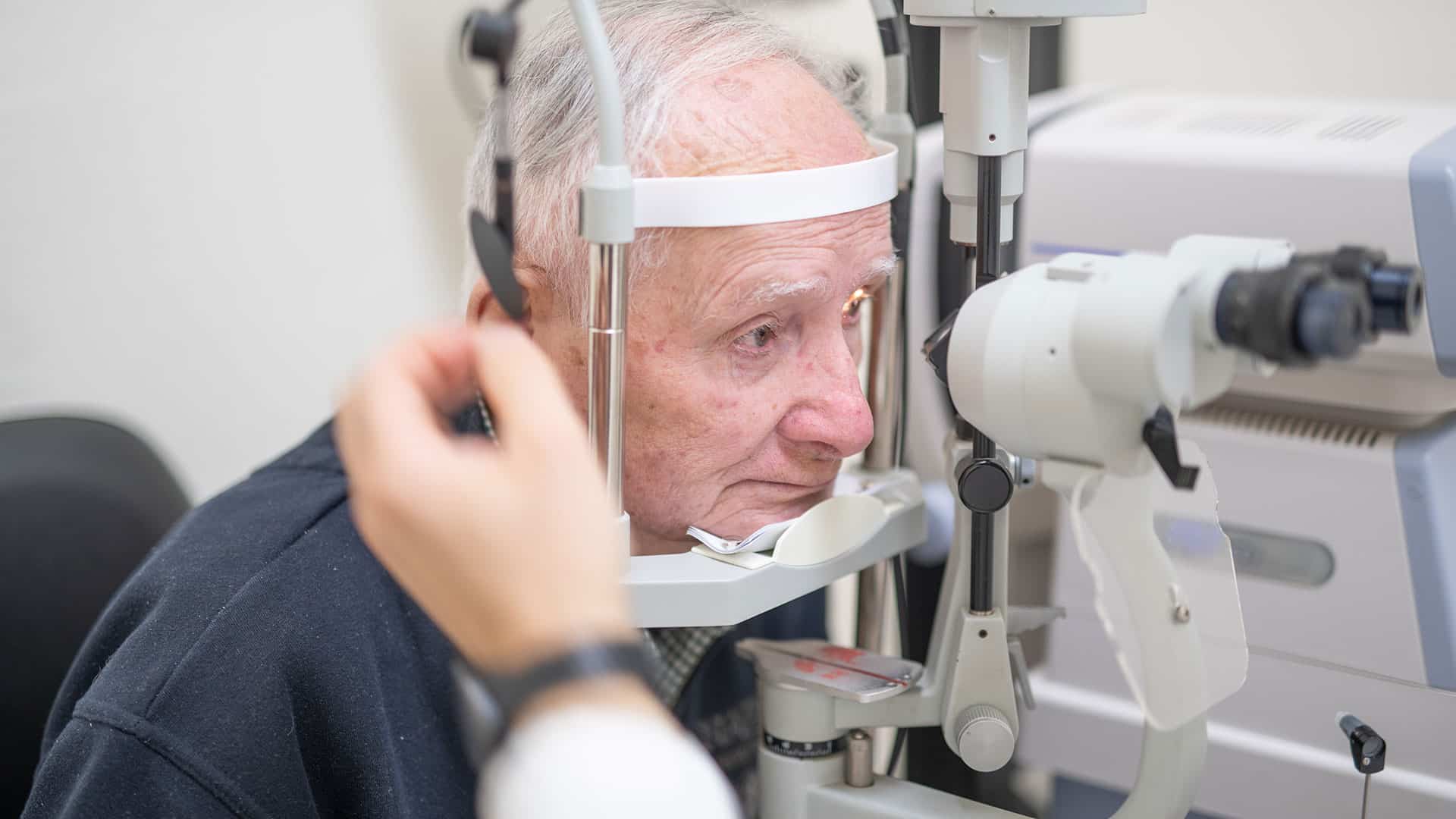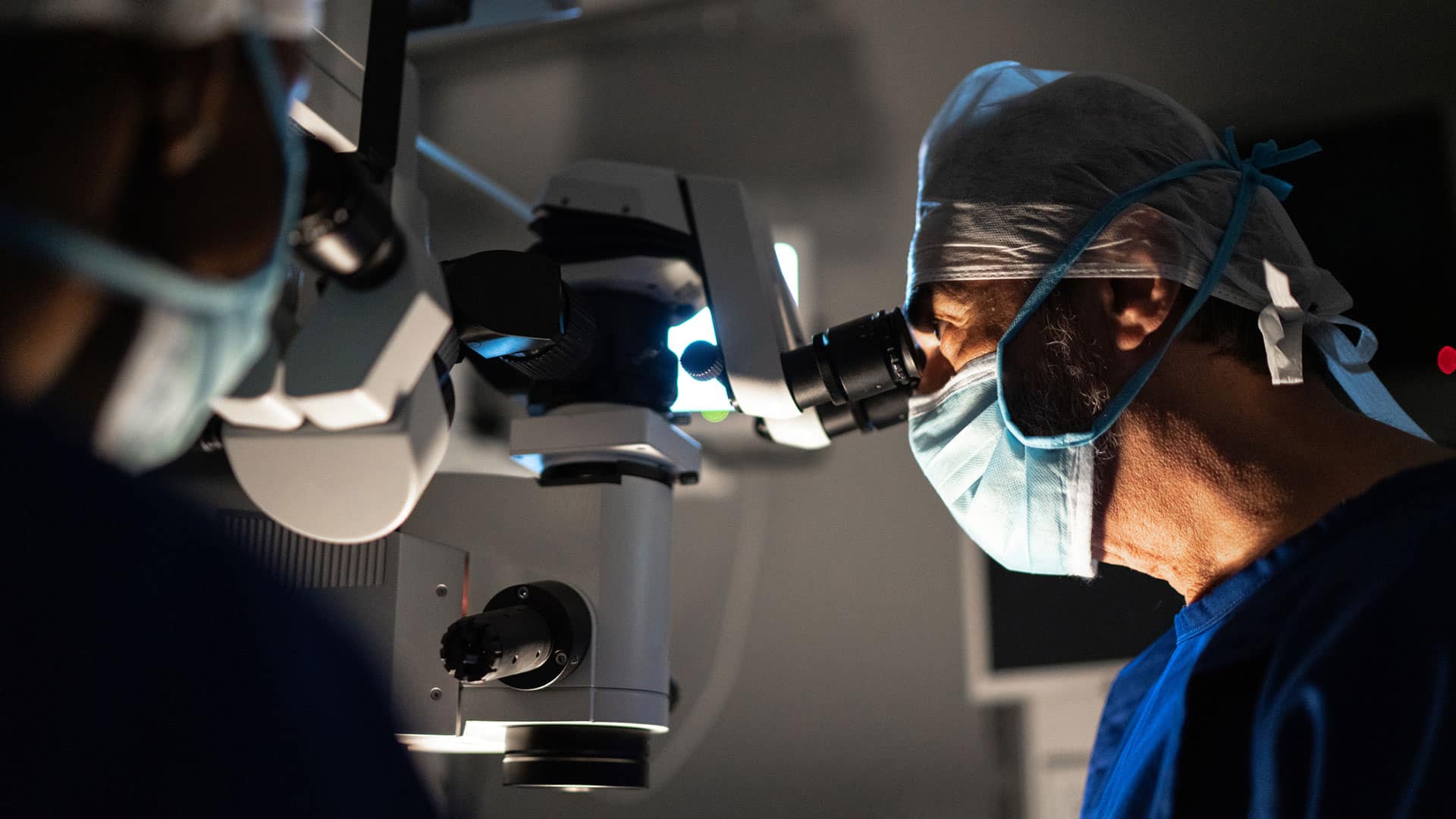Understanding Glaucoma
Glaucoma usually starts from high pressure inside the eye. This happens when the eye doesn’t drain fluid properly, much like a blocked drain. The front part of the eye contains a clear fluid known as Aqueous Humor. This fluid is made by the ciliary body part of the eye. It flows through the front part, goes through the pupil into the anterior chamber, and exits via the eye’s drainage angle. This angle is at the junction of the iris, the eye’s colored part, and the cornea. The fluid then moves through the trabecular meshwork, acting as the eye’s drain, into drainage canals. These canals return the fluid back to the bloodstream. The constant production, circulation, and drainage of this fluid are vital for keeping the eye’s pressure and health in check.
Maintaining this fluid’s drainage helps keep eye pressure normal. The eye’s pressure depends on how well this fluid is produced and drained.
Primary open angle glaucoma (POAG), the most common form, stems from poor drainage due to blocked drainage canals. This blockage causes a slow increase in eye pressure, damaging the optic nerve fibers. This damage leads to permanent vision loss. Glaucoma is often called the “silent thief of sight” because it first steals peripheral vision unnoticed, then harms central vision, and can lead to blindness. That’s why regular eye doctor visits for check-ups and screenings are crucial. Early diagnosis allows for preventing further damage with the right treatment and management.
Who is at risk?
Some patients have a higher than normal risk of getting glaucoma. This includes people with:
- a family history of glaucoma
- over the age of 40
- are of African, Asian or Hispanic descent
- elevated intraocular pressure
- a thin central cornea (central corneal thickness or CCT)
- are very nearsighted (myopic) or far-sighted (hyperopic)
- a history of trauma to the eye
- long term use of steroid medications
- history of diabetes, high blood pressure, low blood pressure, migraines, or other health problems affecting the whole body

Open Angle Glaucoma

Newer Surgical Procedures for Glaucoma

Before your visit, collecting any previous medical records or details about your condition can be very helpful. This helps our doctors get a full picture of your health history.
The Glaucoma Center of Texas is more than a clinic—it’s a support network of caregivers, medical experts, and people like you, all working towards better vision and life quality.
Contact us now. Let’s start this journey to improved eye health together.

